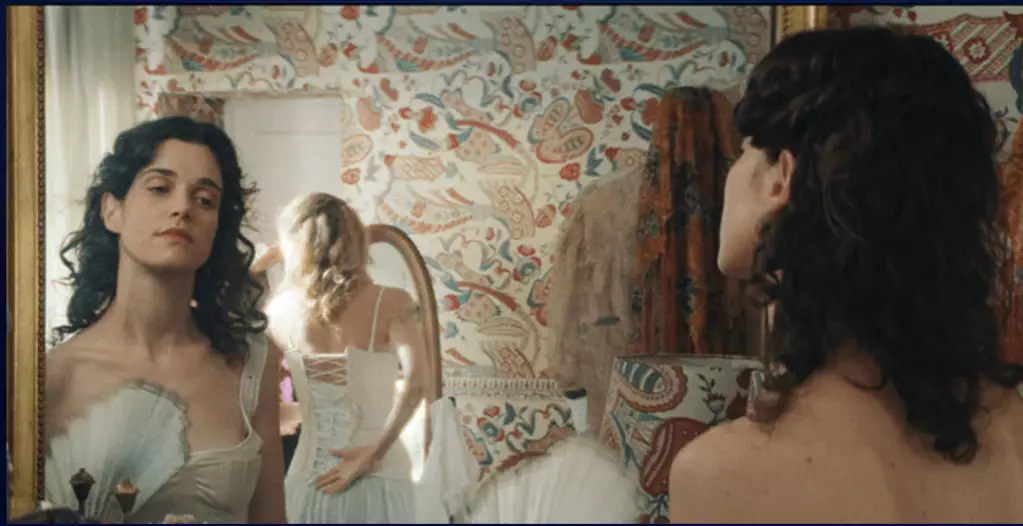Indie films have garnered significant attention in recent weeks, showcasing their unique ability to resonate with audiences amid a landscape dominated by blockbusters. This summer marked a remarkable resurgence of narrative-driven cinema, reflecting not just a shifting tide in consumer preferences, but also a resurgence in the appreciation for stories that prioritize character over spectacle. Take, for instance, the box office success of “Jane Austen Wrecked My Life,” which seamlessly blends contemporary storytelling with the timeless charm of Jane Austen’s literature. With an impressive $291,000 debut across just 61 screens, the film demonstrates that well-crafted narratives rooted in strong character development can still attract an audience, even in an age where visual effects often overshadow storytelling.
The cultural significance of Austen extends beyond mere entertainment; her capacity to critique the British landed gentry resonates today as we examine our modern socio-economic structures. The film’s exploration of romance and ambition serves as both a homage to its source material and a refreshing perspective on relationships, illustrating how indie films can evoke deep emotional responses and offer viewers more than just a fleeting escape.
A Platform for Diverse Voices
The success of “The Last Rodeo,” directed by Jon Avnet and starring Neal McDonough as a retired rodeo legend, further emphasizes the indies’ capacity to amplify diverse narratives. Estimated to earn around $5.26 million over the busy Memorial Day weekend, this film exemplifies the blending of traditional Americana themes with modern storytelling that resonates deeply with audiences. The fact that it appeals strongly to viewers—holding a 94% score from Rotten Tomatoes audiences, contrasted with a more tempered critical response—highlights a critical distinction in modern cinema: audience sentiment often diverges from critical acclaim.
This discrepancy is a powerful indicator of changing tastes, where mainstream critics may overlook relatable, grounding stories in favor of more visually ambitious offerings. Films like “The Last Rodeo” showcase the urgency and emotional stakes found in simpler narratives, allowing the audience to connect with the characters’ struggles in a way that grand blockbuster productions often fail to achieve.
Unexpected Combinations and Talents
“Friendship,” featuring Tim Robinson, Paul Rudd, and directed by Andrew DeYoung, is soaring at the box office with notable revenue of approximately $4.6 million. Its premise—a humorous exploration of a failed bromance between suburban dads—invites an analysis of male friendship rarely tackled in mainstream cinema. The film’s trajectory illustrates how innovation can occur in the most unexpected pairings and themes, highlighting various aspects of male vulnerability in ways that resonate powerfully with contemporary audiences.
Furthermore, the film’s gradual rise from 60 to over 1,000 screens showcases how indie productions can thrive through an organic growth model, fueled by word-of-mouth rather than the blitzkrieg marketing campaigns typical of Hollywood franchises. The direct connection to fans of Robinson’s prior work highlights a growing trend—audiences are more inclined to support projects that cultivate a genuine connection with their previous works and styles, reinforcing the importance of continuity in creative endeavors.
Revisiting Classics: The Allure of the Remake
The recent remastered release of Akira Kurosawa’s “RAN” contributes to the ongoing conversation regarding the relevance of classic films in today’s cinema landscape. The special 40th anniversary screening earned an estimated $40,000, demonstrating a clear appetite among audiences for both nostalgia and quality storytelling. The allure of these timeless narratives underscores a fundamental truth: while technology evolves, compelling storytelling remains timeless.
As audiences seek depth in their viewing experiences, the preference for remastered classics that allow for a deeper engagement with cinematic history is increasingly evident. This is a positive reflection of an audience ready to appreciate the craftsmanship of filmmaking, moving beyond superficial spectacles.
A Call for Continued Support of Indie Productions
As we witness this surge in indie films during the start of the summer season, it becomes essential for institutions and audiences alike to embrace and support these creative endeavors. They play a crucial role in diversifying the cinematic landscape and providing platforms for unique voices and storytelling styles. By nurturing and celebrating indie productions, we not only ensure the future vibrancy of cinema but also enrich our cultural dialogue through the power of narrative.

